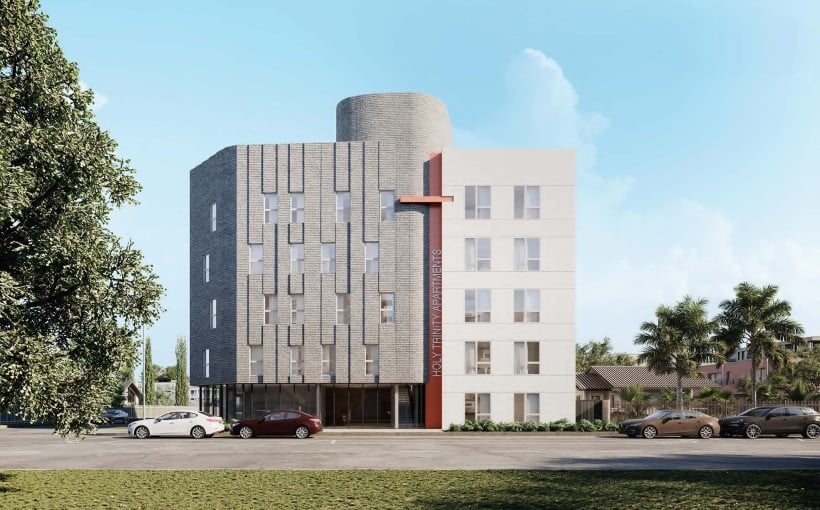This is the fourth installment in a series of articles exploring the truth behind negative headlines. Previous pieces have delved into topics such as “CRE Experts Caution Against Hasty Office Doomsday Predictions” and “Unraveling the Myth of an Office Market ‘Doom Loop’.”
On its surface, recent data from CommercialEdge may seem concerning. The report reveals that total office debt nationwide stands at $920 billion, with nearly $150 billion in mortgages set to mature by 2024 and over $300 billion by 2026.
However, experts assert that not all office properties are facing dire circumstances. While it’s no secret that leasing, valuation and debt maturities have been challenging for the sector as a whole, there is significant variation among different types of office buildings.
According to Adam Finkel from Tower Capital , some owners may struggle to meet loan-to-value (LTV) and debt-coverage ratio (DCR) requirements when their loans come due. In major cities like Los Angeles and New York City, large Class A properties have already been returned to lenders or sold at steep discounts.
Adam Showalter with Stream Realty Partners notes that approximately 90% of all office buildings will see their loans mature within five years – many with current values below what they owe on their mortgages. He adds that while market conditions could improve within this timeframe due to factors like Federal Reserve rates or changes in property values, most owners won’t be able to wait for these shifts before needing refinancing solutions.
Aarica Mims from KDC points out how rising interest rates make refinancing more difficult than it once was – especially for those who secured low-rate loans several years ago but now face significantly higher rates upon expiration.
Eli Randel at CREXI agrees: increased capital costs coupled with decreased property values create challenges for securing new financing options. However,”properties still under mortgage can either hold out for more favorable conditions or work with lenders to find creative solutions,” he explains.
Despite these challenges, not all office properties are struggling. “Prudent borrowers who acquired buildings five to seven years ago and have the option to extend their loans by one or two years should be able to weather this downturn,” says Scott Morse from Citadel Partners . On the other hand, owners of underperforming or poorly-amenitized properties may face difficulties if their loans mature within 18-24 months.
Petra Durnin at Raise Commercial Real Estate notes that well-performing office assets – particularly those in mixed-use developments – generate strong cash flow from various sources. As such, they are less likely to experience issues with debt maturities.
For building owners facing cash flow problems, there is no one-size-fits-all solution. Some may choose to return their keys back over to lenders; however, as we will explore in a future article on this topic, this scenario is not as prevalent as it might seem.
Alternatively, opportunistic buyers may step in and offer assistance. Petra Durnin believes that current market conditions present an opportunity for asset value resets: “There is significant dry powder waiting on the sidelines for this reset…buyers who can act without being impacted by interest rates will find excellent value in core assets located in prime markets.”
In conclusion: while debt maturities pose yet another challenge for the office sector overall , it’s important not lump all properties into a single category when analyzing potential impacts.”Not every property faces these issues,” asserts Hayim Mizrachi at MDL Group . Ultimately,the impact of debt maturities depends on individual circumstances rather than sweeping generalizations about entire markets.



